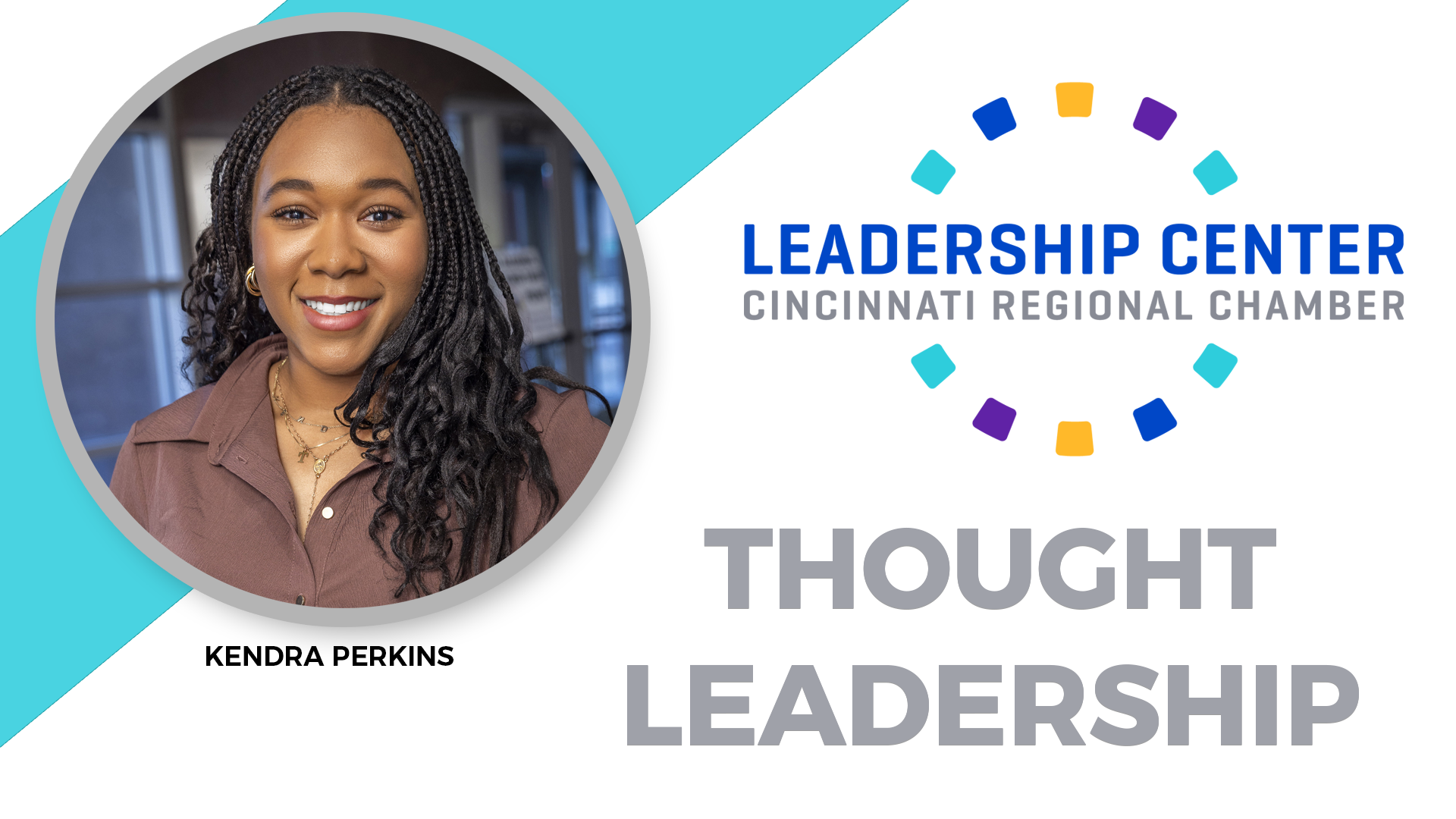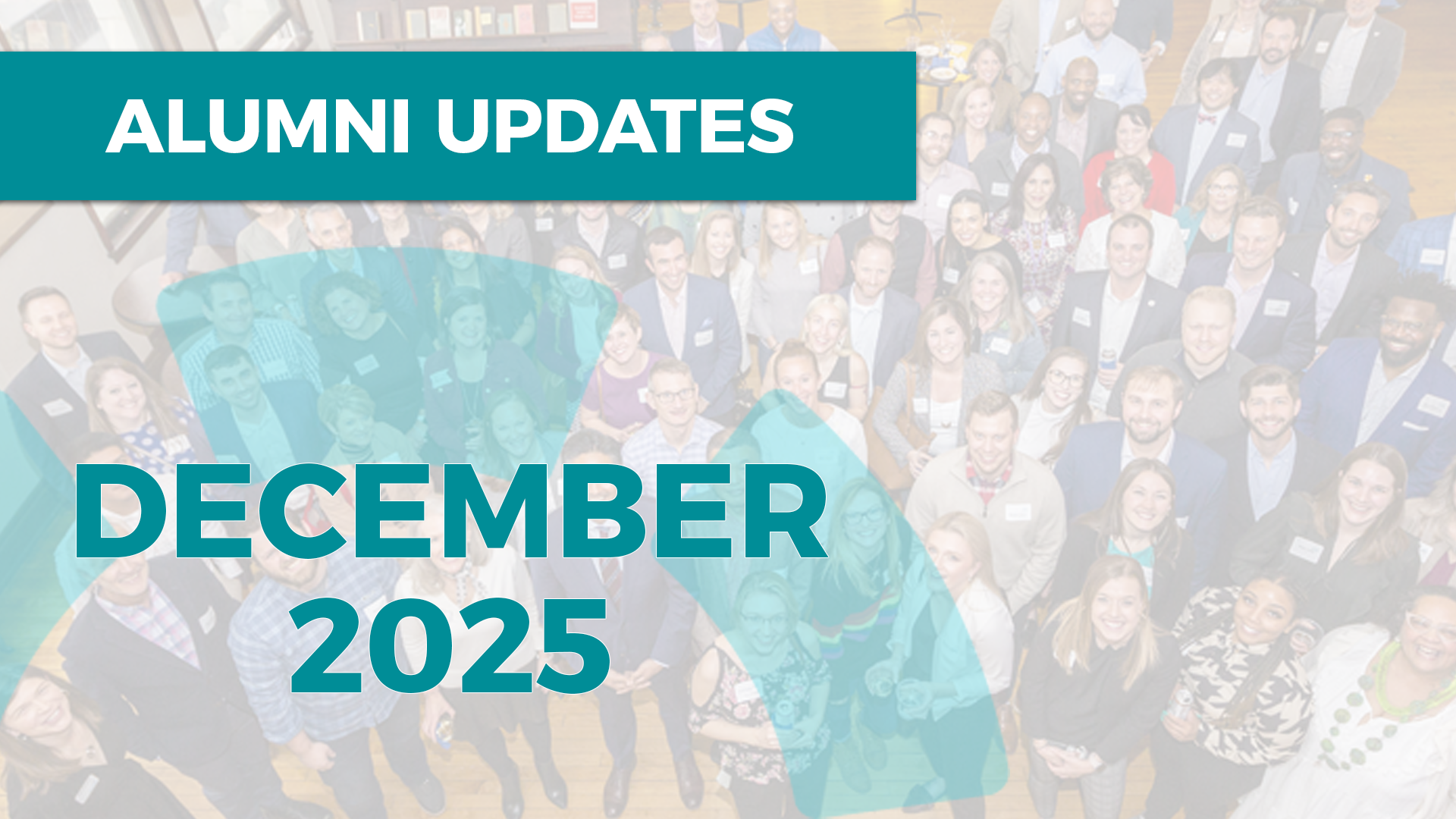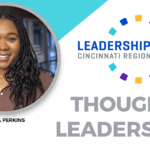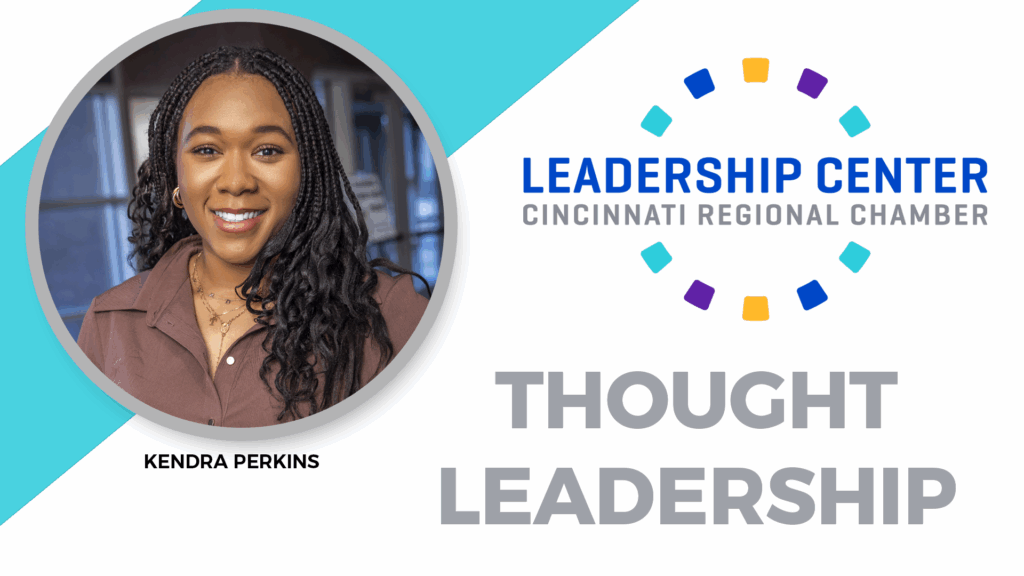As the modern workforce becomes increasingly diverse, organizations are rethinking how to foster inclusive and productive environments. Leaders are recognizing that managing cultural and generational differences is not simply a matter of policy—it is a strategic imperative that directly impacts innovation, employee engagement, and organizational performance.
Mardia A. Shands, a multi-disciplinary Human Resources executive with extensive experience in social impact, diversity, equity, and inclusion, and workforce strategy, emphasizes that inclusive leadership is a cornerstone of organizational success. “These conversations are not risks to manage; they are investments in trust, inclusion, and innovation,” she said.
Recognizing Differences as a Strength
Effective leadership begins with acknowledging that cultural and generational differences exist. Organizations that avoid these conversations risk missing opportunities to leverage the unique perspectives of their teams.
“You are leading teams that span multiple generations and diverse backgrounds,” Shands explained. “Acknowledging these differences while identifying shared values is key to building stronger, more resilient organizations.”
Fostering curiosity emerged as a central theme in Shands’ approach. Encouraging employees to ask respectful questions about each other’s experiences and perspectives can break down barriers and enhance understanding. “Workplaces should normalize curiosity,” she noted. “If someone is genuinely interested in another person’s background or approach, that curiosity should be welcomed, not discouraged.”
Adapting Leadership Across Generations
Generational differences extend to expectations of leadership. Younger employees often seek dialogue and transparency, while older generations may be accustomed to more directive approaches. Leaders are encouraged to adapt, balancing clarity with openness.
Many organizations often promote individuals into management and leadership roles based on their technical skills, without considering their ability to lead people effectively. “When workplaces operate in chaos or lack clear structure, turnover increases,” she explained. “Employees may leave for organizations that are better prepared and more structured. Companies risk losing their best talent if they are not equipped to meet the needs of a diverse workforce.”
Aligning Employee Resource Groups with Organizational Goals
Employee Resource Groups (ERGs) have become important drivers of engagement, innovation, and culture. However, to maximize their impact, their activities must be clearly aligned with broader business objectives.
“At the end of the day, it’s about connecting ERG initiatives to the organization’s overall strategy,” Shands explained. “When employee energy supports objectives such as community engagement, brand reputation, or employee retention, it becomes a powerful driver of business success.”
Leaders are encouraged to translate grassroots passion into measurable impact, co-create agendas with ERG members, and communicate effectively at all levels. “Successful leaders speak both the language of business metrics and the language of community impact,” Shands added.
Navigating Sensitive Conversations
With diversity comes the responsibility to address sensitive topics such as race, gender, and equality thoughtfully. Leaders are called upon to foster environments where employees feel safe, respected, and empowered to share their experiences.
“Cultural competence is not something that can be taught in a single training session,” Shands said. “It requires ongoing self-awareness, empathy, and a willingness to understand perspectives different from your own.”
Inclusive leaders model this approach by using respectful language, practicing diplomacy, and creating psychological safety. They acknowledge their own biases and blind spots while encouraging dialogue and learning throughout the organization.
A New Standard for Workplace Leadership
The insights emerging from these discussions highlight a broader cultural shift in business leadership. Organizations that embrace humility, curiosity, and inclusivity are better equipped to harness the full potential of a multigenerational and multicultural workforce.
“You are navigating a workforce that is more diverse than ever before,” Shands concluded. “Approach this opportunity with openness and purpose, and you will strengthen both culture and performance.”
By integrating these principles, organizations can foster workplaces where differences are celebrated, employee energy is aligned with strategic goals, and sensitive conversations lead to growth and understanding.






